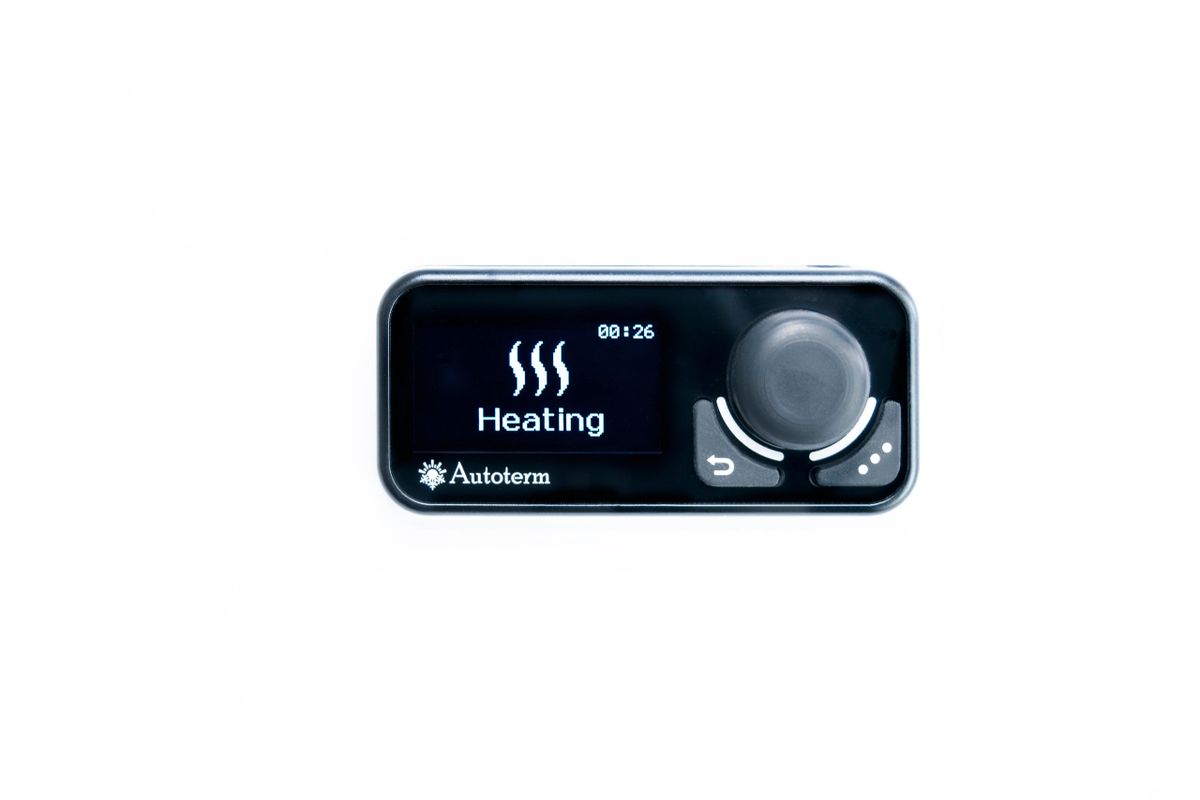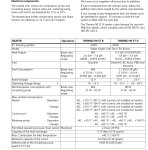Victorian
Approved Vendor : Total Composites
I would have liked to see a review of the controller interfaces between the various manufacturers.
For a baseline camper heating system I would compare to the clunky forced air propane furnace with a thermostat that comes in every mass produced trailer and camper. Switch the thermostat on and set the temp. The heater cycles on and off to maintain temp and runs reliably for many years. This doesn't seem to be the case with diesel heaters. It seems they need to be monitored and run just so in order to retain reliability.
I recently purchased a new Planer 2D with the PU-27 controller and it leaves a lot to be desired. The controller programming is not intuitive. My sense is that this controller was made to be a one size fits all for the entire planar product range and the firmware wasn't written for an end user camper application. The instruction manual is worthless. Some You Tube videos are helpful but don't get into the ins and outs of working around a fiddly system.
I wish the PU-27 controller had an internal memory or battery so it doesn't need to be reprogrammed when the power is disconnected.
It appears that there is an upgraded controller to make the interface easier to operate but it doesn't address the need for occasionally running on high to burn the combustion chamber clean. I also requires programming and scrolling through a lot of menus.

Comfort controller (New out 2021)
The long awaited Autoterm Comfort Controller has finally arrived. Click her to check out the latest video by Owen Cox. Technical parameters: Works for the 2D, 4D and Flow 12v only. COMFORT CONTROL - COMING SOON! Our air & liquid heaters will have a new control panel that will help to control...planarheaters.co.uk
I'm not seeing this new controller here https://planarheaters.com/spare-parts/ or here https://expeditionupfitter.com/coll...e-dial-controller-pu-5?variant=31767047503918
If the Planar 2D heater were to match the standard baseline for RV heaters, the end user should be able to turn it on, set a temp and have it run reliably for many years without another thought.
I agree on the PU27 controller....
Personally I like the manual dial PU5. On/Off and temperature setting is all we usually need.
Then there is also the PU28 that's very nice and intuitive. I believe Winnebago uses them in their Revels.


